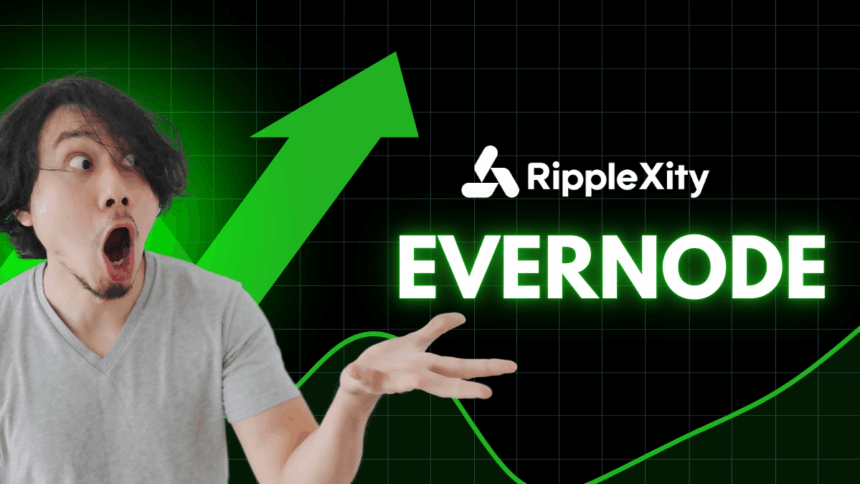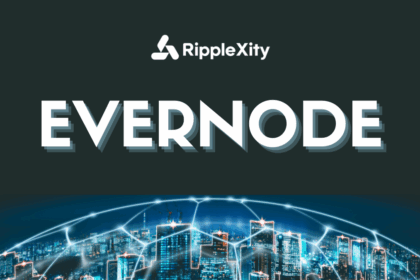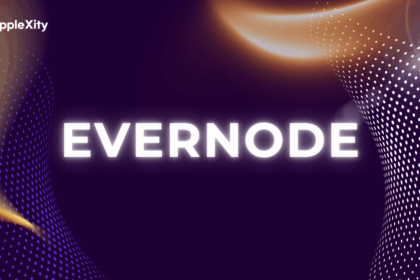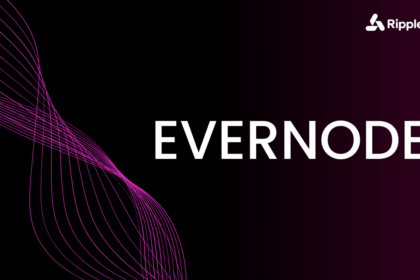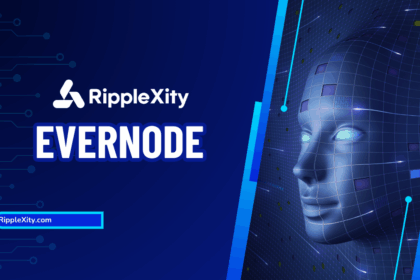The demand for decentralized infrastructure has surged as Web3 applications scale globally, requiring new systems for processing, computation, and smart contract execution that aren’t reliant on centralized providers. Evernode, built on the XRP Ledger, addresses this need by introducing a revolutionary model: a decentralized, permissionless compute network.
With its novel architecture and native token EVR, Evernode enables developers to run scalable applications on “Hosts” — independent nodes offering computation — without relying on traditional data centers. This article explores how Evernode is creating the framework for a decentralized cloud, the challenges it solves, and why it’s critical to the next era of blockchain computing.
The Need for Decentralized Compute
Most current smart contract systems rely on validator-based blockchains (like Ethereum or Solana) for both consensus and computation. This tightly coupled model results in:
- Scalability bottlenecks due to shared global state
- High gas fees from congestion and on-chain compute limits
- Vendor lock-in and lack of flexibility in compute environments
The vision for Web3 demands compute that is:
- Distributed and censorship-resistant
- Scalable on demand
- Cost-effective and programmable in familiar languages
Evernode delivers exactly that — via a permissionless network of independently operated nodes (Hosts).
Evernode’s Architecture: Smart Contracts Reimagined
At its core, Evernode introduces a new compute layer that interacts with the XRP Ledger for payments, identity, and coordination — while computation occurs off-chain on decentralized Hosts.
🧠 Components of the Evernode Stack:
- Hosts: Independent computers running the Evernode software, offering compute power in exchange for EVR.
- Runtimes: Secure containers that execute decentralized applications (dApps), written in multiple languages.
- Tenants: Developers who deploy dApps to the network, choosing their preferred Hosts based on performance or cost.
- EVR Token: Used for paying compute, incentivizing Hosts, and enabling governance within the ecosystem.
Unlike traditional smart contracts, Evernode dApps are fully Turing-complete, isolated from the consensus chain, and can scale horizontally without affecting the XRP Ledger’s performance.
How It Works: Compute as a Decentralized Service
- Developers write and deploy apps to Evernode using standard programming languages.
- The app is hosted by participating Hosts — each running a secure runtime environment.
- Users interact with the dApp via Evernode’s gateways or APIs.
- Payments are made using EVR tokens — instantly settled on XRPL.
- Host reputation, uptime, and performance are tracked on-chain, fostering a self-regulating ecosystem.
This model transforms blockchain from a computation bottleneck into a coordination layer, unlocking cloud-like scalability in a decentralized fashion.
Use Cases of Evernode’s Compute Layer
🕹️ Game Logic & Backend Engines
Game developers can offload resource-intensive logic to Evernode Hosts while still using XRPL for asset tracking.
🧮 AI Model Hosting
Evernode’s Turing-complete environments support hosting machine learning or inference tasks in a decentralized way, reducing reliance on centralized clouds.
📊 Data Analytics & Oracles
Heavy data processing can be handled off-chain via Evernode, then fed back into smart contracts through XRPL-based oracles or triggers.
🌐 SaaS and DApps
From social media backends to DeFi calculators, Evernode allows developers to build fully decentralized apps that scale beyond smart contract limitations.
Why XRP Ledger?
Evernode’s decision to build on the XRP Ledger (XRPL) brings distinct advantages:
- Speed and scalability for payments (1,500+ TPS with near-instant settlement)
- Built-in decentralized identity and trust lines
- Low fees make micro-transactions viable for compute usage
- EVM-free and avoids the risks of generalized smart contracts on-chain
This separation of computation (Evernode) and consensus/state (XRPL) leads to modular, secure, and efficient decentralized application ecosystems.
EVR Token Utility and Host Incentives
The EVR token is central to Evernode’s economic design. Its uses include:
- Paying for compute time
- Staking by Hosts as a trust layer
- Enabling governance votes for network upgrades
Hosts are rewarded in EVR for uptime, reliability, and app support — creating a marketplace where supply (compute) and demand (dApps) self-balance.
Governance and Protocol Upgrades
Evernode introduces decentralized governance, allowing EVR holders to:
- Propose and vote on protocol changes
- Influence the direction of Host selection algorithms
- Approve or veto new runtimes and environments
This keeps the project resilient to central influence and aligned with the community of developers and operators.
Challenges & Opportunities
⚠️ Challenges:
- Host discovery and security hardening
- Bootstrapping initial network usage
- User-friendly dApp deployment tools
✅ Opportunities:
- Hosting privacy-focused apps and enclaves
- Supporting multi-chain dApp backends
- Scaling dApps beyond any L1 limits
Evernode is early — but its vision to provide Web3-native compute infrastructure is aligned with long-term demand from enterprise and DeFi alike.
Final Thoughts
Evernode is building the AWS of Web3 — but decentralized, permissionless, and programmable.
By decoupling computation from consensus, and rewarding global node operators with EVR, Evernode is creating the first viable decentralized cloud tailored for dApps and smart contract scaling.
On top of XRPL’s robust, low-cost base layer, it offers a compelling alternative to legacy smart contract platforms, inviting developers to think bigger, scale wider, and build outside the block.
For those watching the next frontier of decentralized compute, Evernode is not just infrastructure — it’s the evolution of how the Web3 economy will run.
Stay tuned to RippleXity for more insights on Evernode’s impact.




